Carpet Cleaning
The process which is used in carpet washing is called carpet cleaning. The carpet is cleaned to remove stains, dirt, and allergens from the carpet. Common methods include hot water extraction, dry-cleaning, and vacuum cleaning all of which are for carpet cleaning.
The different processes of carpet cleaning
For these purposes, a different process is applied, such as below-
Hot water extraction carpet cleaning
Though steam cleaning is a true industrial process for carpet washing, for carpet cleaning, steam cleaning is often mistaken for hot water soil drain cleaning which is professionally known as HWE. The cleaning method of hot water soil extraction uses equipment that sprays heated water and detergent on the carpet and at the same time, water and detergent are drained, with no isolated and dissolved dirt. Most experts recommend draining hot water as the most effective method of carpet cleaning. Real steam can damage man-made carpet fibers and change properties because they are usually set using heat. Woven carpets can shrink but most carpets are not woven and are actually tufted into a layered backing, velvet-pile carpets, and repeated carpets that are known to be pile cracked. Maximum problems can be avoided by professional experienced cleaners.
The general process of hot water extraction begins with the previous condition.
Alkaline agents are sprayed on the carpet as ammonia solutions for synthetic
carpets or acidic solutions for wool carpets, then stirred by a grooming brush
or an automatic scrubbing machine. Next, a pressurized manual or automatic
cleaning tool goes over the surface to wash all pre-conditioners, residues, and
particles. If an alkaline detergent is used on the wool carpet, a mild acetic
acid solution will restore the neutral fiber pH. Acidic washing neutralizes
alkaline residues and can contribute to softening clean fabrics.
Dry carpet cleaning
Dry carpet cleaning systems, known as very low humidity systems, rely on dry compounds supplemented by application cleaning solutions and are part of the very fast drying time, increasing significantly in the market due to 24-hour commercial installation. Dry-clean and very low-humidity systems are often faster and less labor-intensive than wet drainage systems.
Pre-treatment,
pre-conditioner, or traffic-lane cleaner is a short-term method of spraying
detergents or emulsifiers that break the soil binding with carpet fibers,
usually before the initial use of dry-cleaning. A chemical dissolves fatty
films that bind the soil and prevent effective soil removal by vacuum. The
solution may add solvents such as D-limonene, petroleum byproducts, glycol
ethers, or butyl agents. The amount of pretreatment on the carpet should be
less than 15 minutes, as carpets are usually brushed in this very low humidity
system, which provides extra movement to ensure that the pretreatment works
perfectly on the carpet.
Dry foam cleaning
Dry
foam cleaning involves applying a cleaning foam blanket to the bottom of the
carpet as well as dry cleaning. The foam is left to stand for 10 minutes to
affect the carpet of chemical agents. This method is usually used to remove
grease from the surface; some foams contain colored illumination and protective
and anti-matting agents. This is not a completely dry method as the foam is 90%
air and 10% liquid. A dry foam machine consists of a pressure tank to which
water and shampoo solutions are added. This method is used for water-sensitive
carpets, needle felt, and other types of carpets whose construction prevents
adequate drainage.
Vacuum carpet cleaning
Vacuum
washing employs a wash that sprays water without detergent and instantly
removes it by suction, creating a water vortex. This ensures high cleaning
performance, removing dirt from the carpet at a depth of half an inch. By
immediately re-condensing the washed water, the drying time is greatly reduced.
This process is suitable for initial and basic cleaning. Because it does not
require cleaning products, it does not contain any detergent residue. Vacuum
washing has long been used in Europe by most major train and bus companies,
schools, and prehistoric preservationists. The system works on all surfaces
that are water-resistant. A great advantage is that this system works without a
brush or pad so that there is no friction in the pile.
Stain removes from carpet
To
clean the floor before tea leaves and cut grass, it was common risk stains to collect dust from the carpets. The ink was removed with lemon or with
oxalic acid and heart share; Oil with white bread or pipeclay; Grease fat with
turpentine; Beef bile and naphtha were also common cleaners. Ammonia and
chloroform were suggested for acid discoloration. Benzene and alum were
recommended for insect removal; Ingredients such as diatomaceous earth and cat
litter are still common for removing insects. The candle wax is removed by
placing a towel over the damaged carpet and applying steam from the cloth iron
until the wax dries on the towel. Several traditional therapeutic methods of
stain removal have been successful and remain ecological. Care should be taken
when treating natural fibers like wool.
The longer the stain material stays on the carpet, the more likely it is that even
if all the original stain material is removed, a permanent color change will
occur. Sometimes the pet urinates on the carpet and this results in a bad odor
especially when it is hot and humid. Carpets or blankets are usually taken out
and immersed in water to remove such stains. Removing the stain material
immediately will help reduce the chances of permanent color change. Artificial
food-colored spots are generally considered permanent spots. These can be
removed by professional cleaners or by deep-rented machines with heat-transfer
stain-reducing chemicals, but carpets carry the risk of burning. Stain removal
products can reduce house dust with anti-allergen treatment.

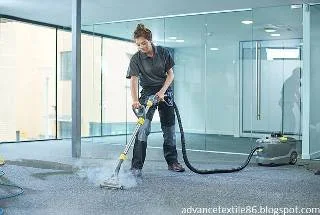
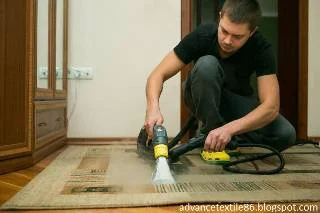
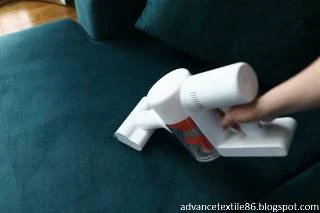
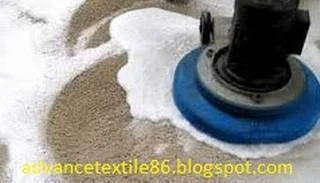
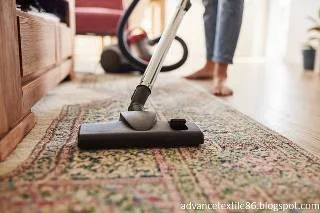
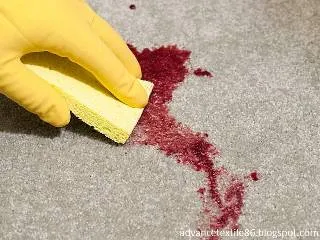








0 Comments